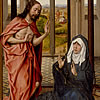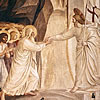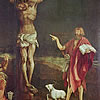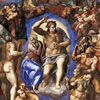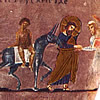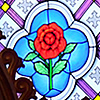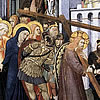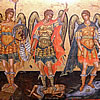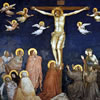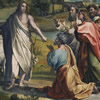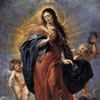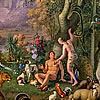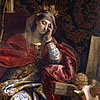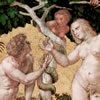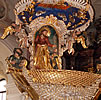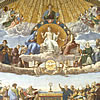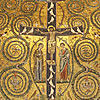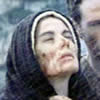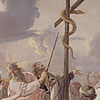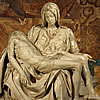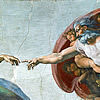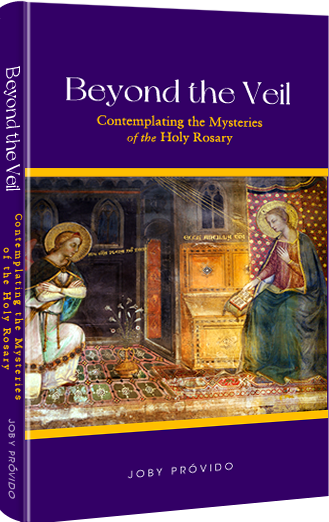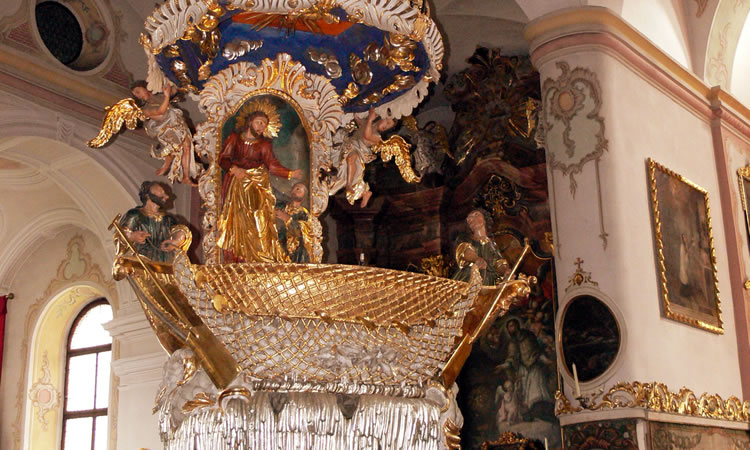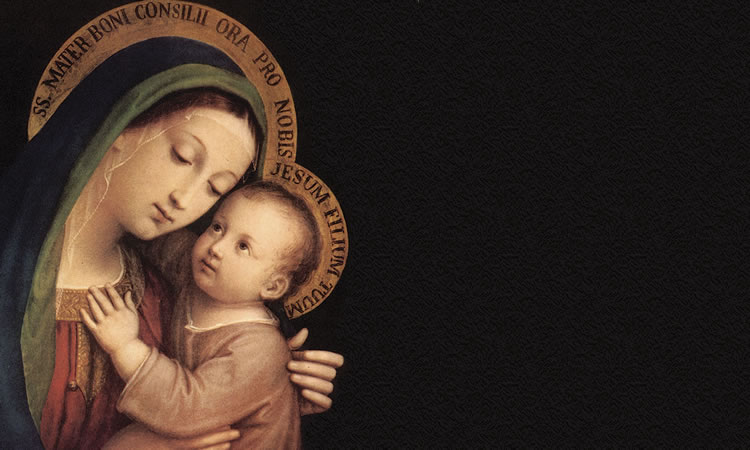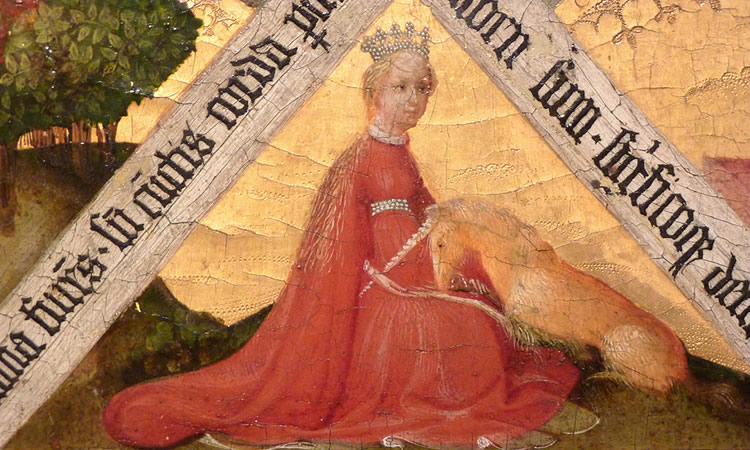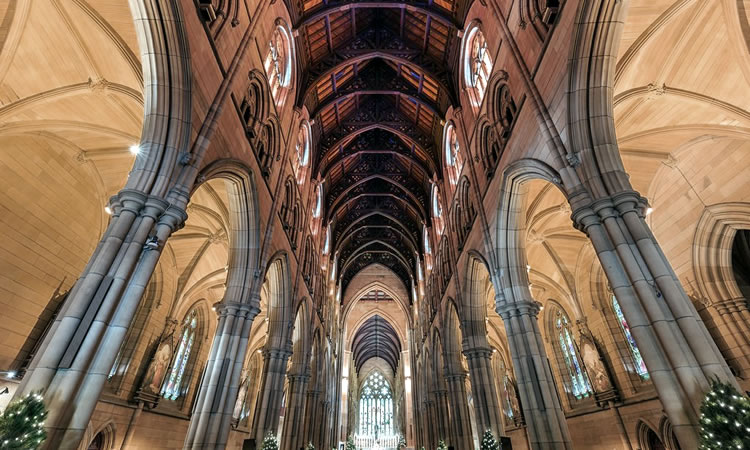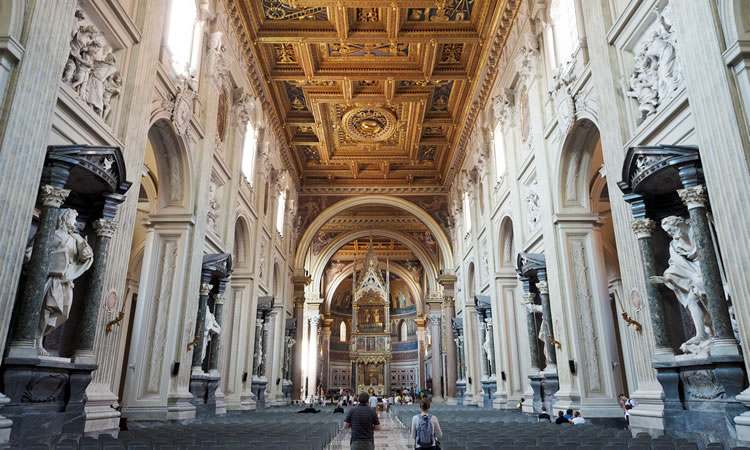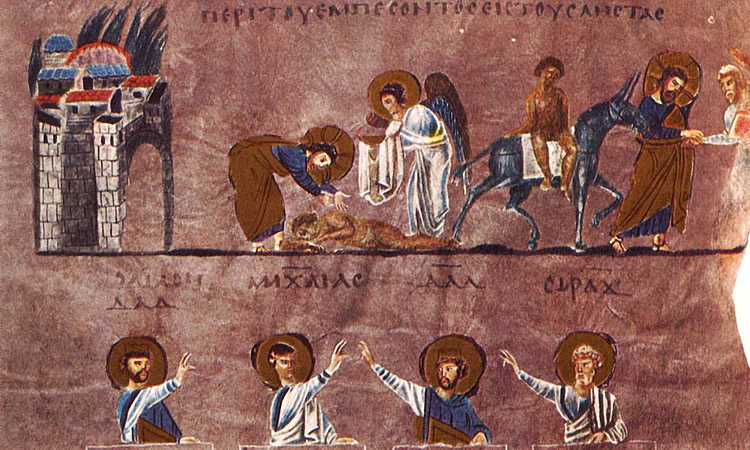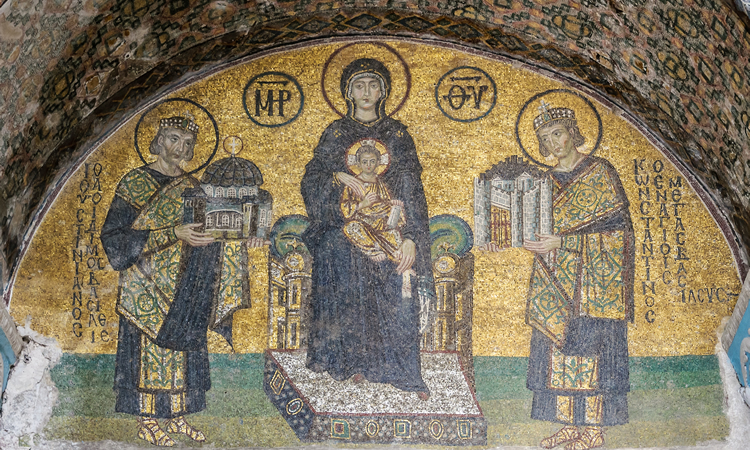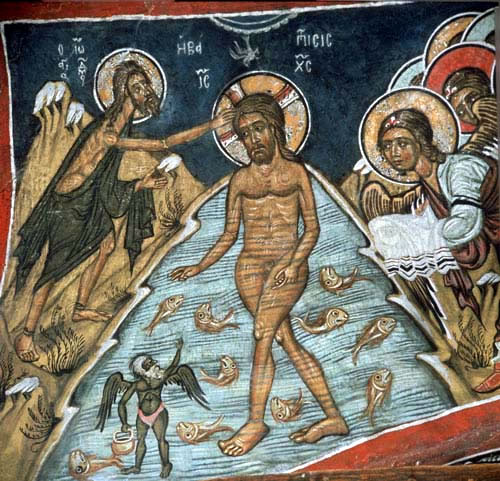

Baptism of Christ, Our Lady of Pastures
There is a tiny church called Church of Our Lady of Pastures in Asinou, Cyprus. Despite its small size, it draws interest because the inner walls are richly decorated with frescoes depicting scenes from Scriptures. Because of its unusual elements, one of the more interesting scenes in this Church is the Baptism of Christ.
The regular elements of Our Lord’s Baptism are there: John the Baptist on the left, The Father as a light from above, the Holy Spirit as a bird (above Christ), and Jesus himself. The elements that make it different are: Christ is naked and as if he is walking, there is an angel with a white robe on the right, and on the lower left there is a tiny devil carrying a shiny pot. Let’s examine these one by one.
Most depictions of Christ’s baptism do not depict him naked, and this nakedness in this fresco should remind us of his crucifixion because victims were crucified without clothes to heighten their humiliation. Christ often used the word “baptism” as a euphemism for his crucifixion. In the Gospel of Mark, the brothers James and John ask Jesus to grant them a special place in his kingdom. He replied: “Can you drink the cup I drink, or be baptized with the baptism I am baptized with?” (Mark 10:38) The “cup” is an Old Testament metaphor of doing God’s will, and in this case, it is to undergo the passion and crucifixion. (Matthew 26:39, Luke 22:42) In the Gospel of Luke, the meaning of his “baptism” is most clear when he said: “There is a baptism with which I must be baptized, and how great is my anguish until it is accomplished!” (Luke 12:50) At this point he had already been baptized by John the Baptist, so here “baptism” means “death.” (NABRE footnotes)
Water is also a major character in this fresco. In fact, it occupies a whole lot of real estate in the scene. This is because water is very symbolic. Firstly it denotes death and cleansing. We see this in the flood of Noah where water kills and cleanses the world of evil men. We also see it in the Crossing of the Red Sea when the enemies of God are engulfed by water to save Moses and the Israelites. This, of course, is a foreshadowing of how the water of baptism kills the real enemies of God’s people, which is death and attraction to sin. Finally, the water of baptism reminds us of the River Jordan in the Israelites crossed to reach Canaan, the “promised land” that is “flowing with milk and honey.” It is an allegory of how baptism brings us from one state of life to a better spiritual state in communion with God. Whereas we are separated from God because we lost sanctifying grace as a result of Original Sin, baptism restores this and “re-attaches” us to God by restoring sanctifying grace. This is why we see Christ in this fresco as if he is walking: he is “crossing the Jordan” so to speak in a visual sense.
So in this fresco, we are being reminded that in our own baptism we are also to follow Christ in death. In fact, when the priest plunges us three times under water or alternatively pours water on our head three times, it is symbolic of dying with Christ and joining him in death for three days. After the last plunge we rise up after death with Christ and resurrect with him – and also join him in his freedom from death.
The angel with the white robe is a reminder of the white robe we are given during our own baptism. It is a scene from the Book of Revelation (Revelation 7:14) wherein those in white robes are worthy to participate in a heavenly liturgy worshipping God. It is a reminder that Christ is the white robe that we “put on” and in so doing we are made worthy in the eyes of God. It puts to light what St. Paul wrote to the Galatians: “I have been crucified with Christ; yet I live, no longer I, but Christ lives in me…” (Galatians 2:19-20)
The last uncommon element in this fresco is the little devil on the lower left. We know it is a devil because it has wings like the angels on the right, but it is dark and no longer shining as a way to reflect it is evil. The artist added the devil there as a way to depict the next scene in scripture for after Christ’s baptism he was tempted in the dessert. So here the devil uses his finger to beckon Christ as if saying, “come with me.” He brings his shiny pot of things to tempt Christ with. This, of course, is a warning to all of us that if Christ was tempted after baptism we, too, are not exempted from being tempted.
Finally, we bring ourselves back to one of the common features of the depiction of this scene and that is the Father as a light at the top of the fresco. He spoke saying: “this is my son who I am well pleased…” (Matthew 3:17). It should remind us that in our own baptism we, too, become children of God. It is not a romantic metaphor but a reality. We actually become adopted children of God. It is real because during baptism we begin to share in God’s divinity. Think of it as “inheriting” God’s nature the way a child inherits the nature of his or her parents. It is an inheritance we do not deserve because it is beyond our nature to be divine. However, this gift that is above our nature (a supernatural grace) is bestowed on us during baptism. A wonderful gift it is indeed.



